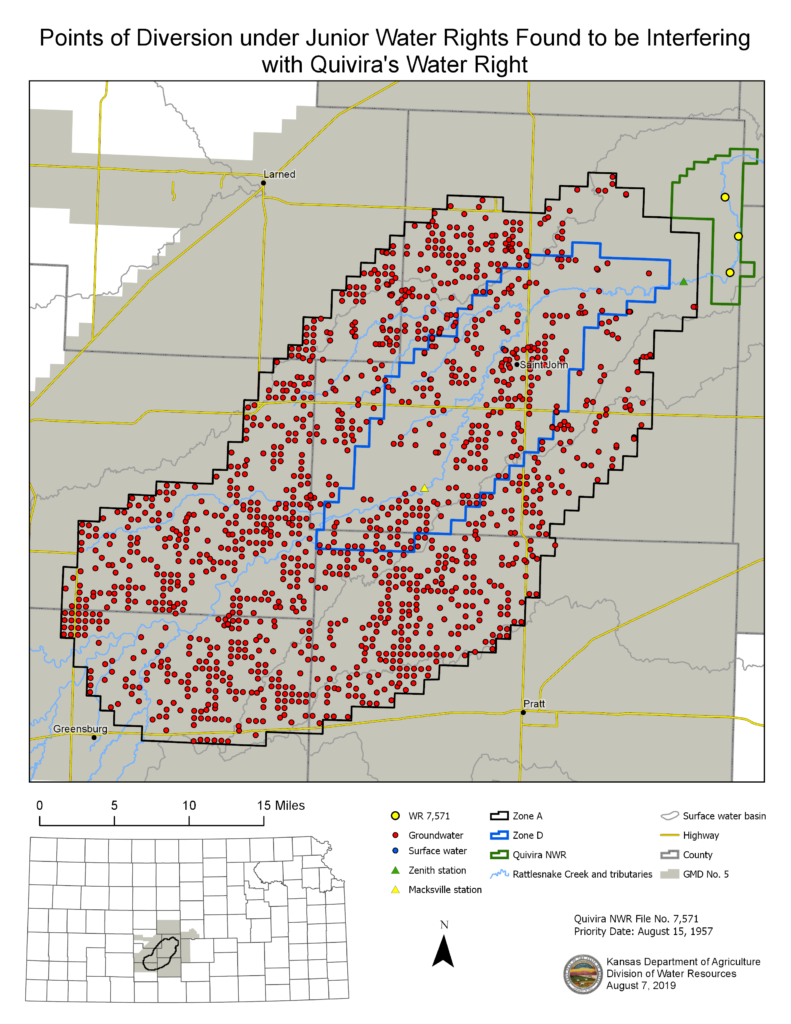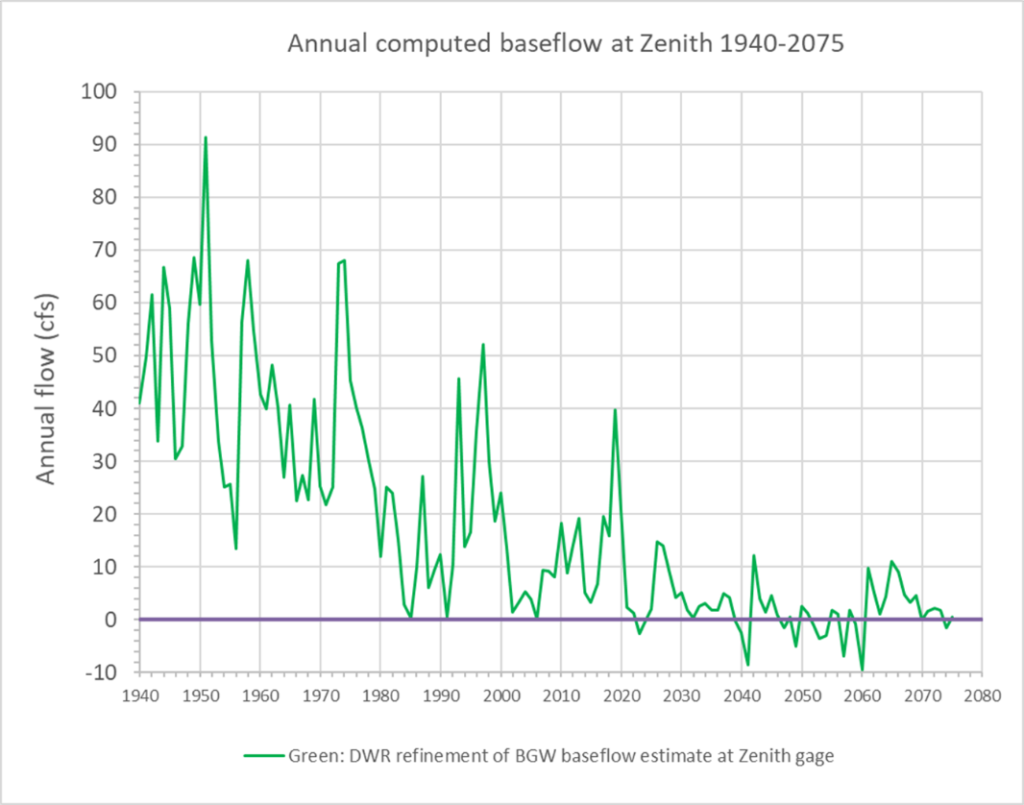A district court in western Kansas has ruled that the chief engineer of the Kansas Department of Agriculture Division of Water Resources acted properly in approving a water management tool proposed by the Northwest Kansas Groundwater Management District No. 4 (GMD 4) to aid in local conservation efforts to extend the life of the Ogallala Aquifer.
A district court in western Kansas has ruled that the chief engineer of the Kansas Department of Agriculture Division of Water Resources acted properly in approving a water management tool proposed by the Northwest Kansas Groundwater Management District No. 4 (GMD 4) to aid in local conservation efforts to extend the life of the Ogallala Aquifer. On October 15, 2019, the Gove County District Court upheld the adoption of a Local Enhanced Management Area (LEMA) in much of the district.
The case, Friesen v. Barfield, was filed under the Kansas Judicial Review Act after two public hearings were held by Chief Engineer David Barfield who then approved adoption of the LEMA. The case was brought by multiple petitioners who are required under the LEMA plan to reduce the amount of groundwater withdrawn over the next five years. Petitioners challenged whether the reductions in water use can be made without those cuts being based on priority (date the water right was approved) and generally challenged the lawfulness of any cuts or use of a LEMA.
In 2012, Groundwater Management Districts were granted the authority to recommend the adoption of a LEMA in order to implement local water conservation goals through the adoption of control measures recommended in their plan when conditions demonstrate a threat to groundwater levels, rate of withdrawal, or water quality. The LEMA process involves meeting specific statutory requirements and holding public hearings before approval by the chief engineer. A LEMA management plan typically requires reductions in water use to achieve the water conservation goal, aimed at extending the life of the local aquifer.
In the case of Friesen v. Barfield, plaintiffs challenged both the specifics of this management plan and the constitutionality of the LEMA statue in general. The court ruling this week found that the “GMD 4 District Wide LEMA should be upheld. The LEMA Plan restrictions do not appear to be unconstitutional on their face or as applied. There is substantial evidence backing the agency’s decision and therefore it is not arbitrary or capricious.”
The first LEMA in Kansas, known as the Sheridan 6 LEMA, was approved in 2012 in the Sheridan County area. It was extended in 2017 for the years 2018-2022 after data from the Sheridan 6 LEMA strongly indicated that the water use goals in the area were met, and that significant indicators showed the conservation efforts had slowed the decline of the water table in the region. “The LEMA has been a very successful tool for our district and we plan to utilize them to extend the life of the aquifer,” said Shannon Kenyon, GMD 4 district manager. For more information about LEMAs in Kansas, including more detail about the GMD 4 LEMA, visit agriculture.ks.gov/LEMA or call KDA-DWR at 785-564-6640.…


